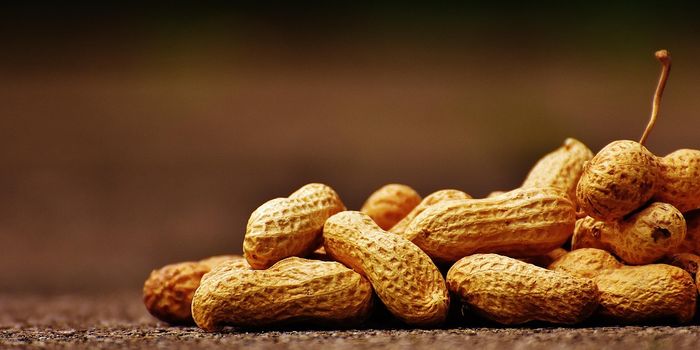Bringing Single Cell RNA Sequencing to the Masses
Using cells in culture for biomedical research usually involves assaying an entire population, rather than individual cells, and averaging the effects on all the members of the population. For many years that was enough to draw solid conclusions and move science forward, but as molecular techniques have advanced, it’s become clear that the nuances of the behavior and mechanisms in specific cells is being lost, and many of those cells can provide vital clues as to physiological and disease processes. To address such concern, researchers have developed methods to study what is happening in one cell in a population, but those methods are time-consuming and very expensive. Those hurdles have now been addresses; scientists at the Massachusetts Institute of Technology (MIT) have created SeqWell, for rapid preparation and sequencing of RNA from individual cells. The video below illustrates one part of the procedure.
"Rather than trying to pick one marker that defines a cell type, using single-cell RNA sequencing we can go in and look at everything a cell is expressing at a given moment. By finding common patterns across cells, we can figure out who those cells are," explained Alex K. Shalek, the Hermann L.F. von Helmholtz Career Development Assistant Professor of Health Sciences and Technology, an Assistant Professor of Chemistry, and a member of MIT's Institute for Medical Engineering and Science. The work was reported in Nature Methods.
Shalek collaborated with J. Christopher Love, an Associate Professor of Chemical Engineering at MIT's Koch Institute for Integrative Cancer Research to deliver powerful technology with simple equipment.
"We've combined his technologies with some of ours in a way that makes it really accessible for researchers who want to do this type of sequencing on a range of different clinical samples and settings," Love says. "It overcomes some of the barriers that are facing the adoption of these techniques more broadly."
Love has experience with creating these kinds of platforms, having made a system for analyzing secretions of individual cells previously. For this work, the scientists utilized trays of very tiny buckets, nanowells, that each captures one cell. A semipermeable barrier (shown being applied in the following video) is applied to the wells, and it lets chemical through that rip open the cell, the RNA is released, and it sticks to a bead inside the well. It is subsequently removed from the bead and sequenced, all for less than one dollar per cell. The researchers estimate that their method gets about ten to fifteen percent of the RNA in a cell.
"That is still a very rich set of information that maps to several thousand genes," Love says. "If you look at sets of these genes, you can start to understand the identity of those cells based on the sets of genes that are expressed in common."
The researchers took their tech to South Africa, where it was used to analyze tissue samples from TB and HIV patients.
"Having a simple system that can go everywhere I think is going to be incredibly empowering," Shalek says.
Love is now exploring food allergies by studying immune cells. "There are still a lot of unknowns in chronic diseases, and these types of tools help you uncover new insights," Love concluded.
Sources: AAAS/Eurekalert! via MIT, Nature Methods

![Master Lab Weighing: Accuracy, Compliance & Audits [eBook]](https://d3bkbkx82g74b8.cloudfront.net/eyJidWNrZXQiOiJsYWJyb290cy1pbWFnZXMiLCJrZXkiOiJjb250ZW50X2FydGljbGVfcHJvZmlsZV9pbWFnZV85MWRmZmRjMDIwNDBlMWJjMzYwN2ZiYWY2ZjI4ZGMzYzBmZGMwZGMyXzkxOTcucG5nIiwiZWRpdHMiOnsidG9Gb3JtYXQiOiJqcGciLCJyZXNpemUiOnsid2lkdGgiOjcwMCwiaGVpZ2h0IjozNTAsImZpdCI6ImNvdmVyIiwicG9zaXRpb24iOiJjZW50ZXIiLCJiYWNrZ3JvdW5kIjoiI2ZmZiJ9LCJmbGF0dGVuIjp7ImJhY2tncm91bmQiOiIjZmZmIn19fQ==)






